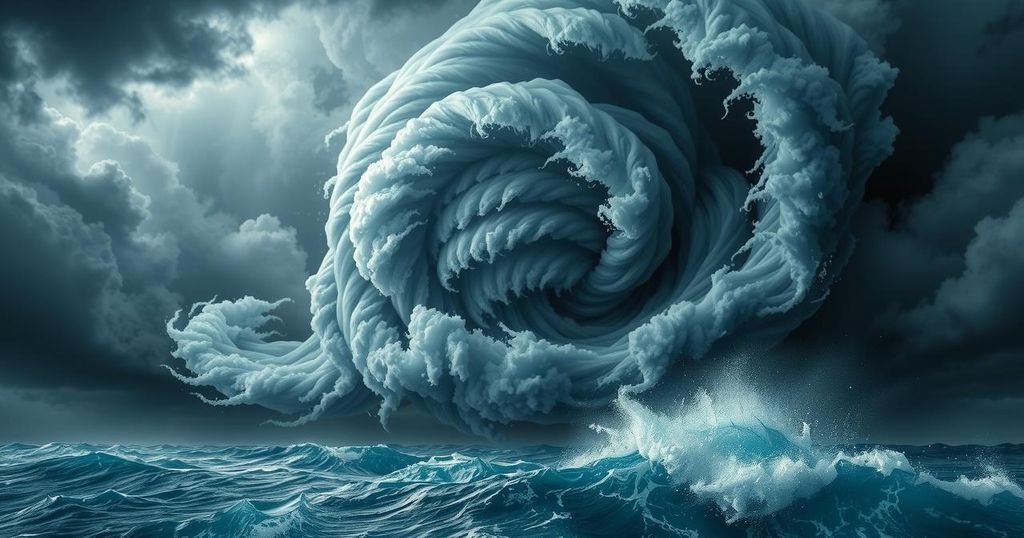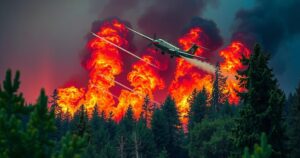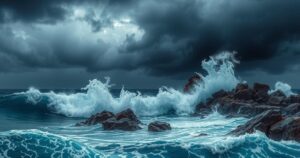Understanding the Strength of Severe Tropical Cyclone Zelia

Severe Tropical Cyclone Zelia is rapidly intensifying, escalating from category 1 to category 5 in under 24 hours. The cyclone is fueled by remarkably warm sea surface temperatures around the Pilbara coast while its slow movement, due to competing atmospheric ridges, has further enhanced its strength. Zelia is expected to make landfall, bringing destructive winds and heavy rainfall.
Severe Tropical Cyclone Zelia is set to impact Western Australia’s Pilbara coast with extreme winds, intense rainfall, and a hazardous storm surge as it approaches landfall. The system exhibited an extraordinary transformation from a category 1 cyclone to a category 5 within a span of around 24 hours, highlighting its rapid intensification.
Several key factors contributed to Zelia’s swift strengthening. Chief among these is the exceptionally warm water in the vicinity, with sea temperatures around 30 to 31°C, and reaching over 32°C closer to the coast, well above the minimum requirement for cyclone formation. This abundant oceanic heat facilitated the cyclone’s development and will aid its sustained intensity.
Moreover, Zelia’s movement was largely limited over a two-day period due to the competing influence of two atmospheric ridges, which created a stalling effect. These ridges, acting as barriers, prevented Zelia from progressing toward the coast, allowing it to gather strength in a region conducive to intensification. Had it moved faster, Zelia would likely have made landfall as a less powerful cyclone.
On Friday morning, Zelia began shifting towards the south-southeast, with expectations of making landfall that afternoon or evening near the Port Hedland region. The cyclone is anticipated to unleash destructive weather conditions, with wind gusts potentially reaching 190 km/h, accompanied by significant rainfall and a storm surge. Although Zelia will diminish rapidly after crossing the coast, it will still deliver heavy rain and damaging winds to the inland areas of the Pilbara through Friday night into Saturday morning.
In conclusion, Severe Tropical Cyclone Zelia’s rapid intensification is attributed to exceptionally warm sea surface temperatures and favorable atmospheric conditions that limited its movement. The cyclone will impact the Pilbara coast with severe weather events, including destructive winds and heavy rainfall. As it approaches landfall, it poses serious risks to the region, particularly around Port Hedland, highlighting the need for continued monitoring and preparedness.
Original Source: www.weatherzone.com.au







